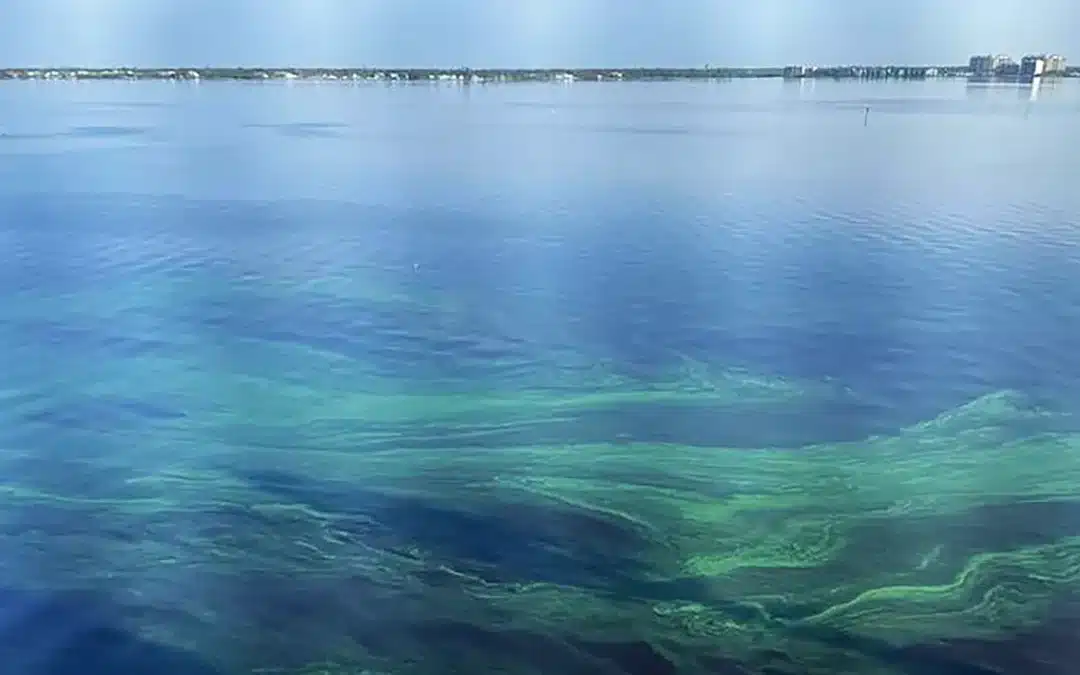When Susan Bennett, born and raised in Fort Myers, stared into the Caloosahatchee River seven stories below the balcony of her downtown home one recent morning, the potentially dangerous blue-green algae that characterized a disastrous 2018 event was staring back at her.
But in late 2017 and 2018 when toxic forms of cyanobacteria invaded community waterways for months, killing fish and water plants, choking off tourism up and down both Florida coasts and permanently shuttering numerous businesses east and west of Lake Okeechobee, the former journalist and current marketing maven never got a chance to see the green slime — at least not right from her window.
But she got to see the unfortunate results — the matts of dead flora, the dead fish, the smells and warnings. The nightmarish stuff was everywhere, it seemed. And in those days, red tide, another natural but saltwater algal bloom likely fueled and accelerated by agricultural, septic and runoff pollution, contributed to a very bad year that affected the east coast of Florida as well as the west.
All of it was a mess and a trauma on both coasts. And it could happen again this summer, the experts say.
Then as now, 50 years of stirred up agricultural pollutants in Lake Okeechobee suffused the lake water, which was released east and west to protect the dike from collapsing. Those releases joined septic and surface runoff in the river basins to create conditions ideal for algae, and fraught with misery and loss for people.
But this year those conditions may not have fully taken form yet, despite what Bennett could see from her window. Will they? The experts aren’t sure.
Once again as summer progresses, conditions are warm and now calm, a good environment for algae. And they’ve been aided so far by last September’s Hurricane Ian, which has helped to create a nutrient-rich environment for algae by pushing so much detritus into the river.
So far this summer, Army Corps officials have been releasing the water in pulses as the lake level rises and the wet season continues, said Codty Pierce, the Calusa Waterkeeper, one of 15 nonprofit members of the international Waterkeeper Alliance in Florida.
“A certain duration of water releases on and a certain off is called pulsing,” Pierce explained. “Pulsing has become, not distracting, but it seems to be confusing people. I want people to know: There’s a big difference between no discharges and timed discharges.
“With these discharges, we believe the lake has inoculated the river — they’ve already introduced cyanobacteria organisms into the river earlier in the year.”
The problem with the stuff is that it doesn’t just go quickly away, as Bennett acknowledged when it appeared in the river below her condominium, before disappearing on the tides in short order.
Continue Reading

























